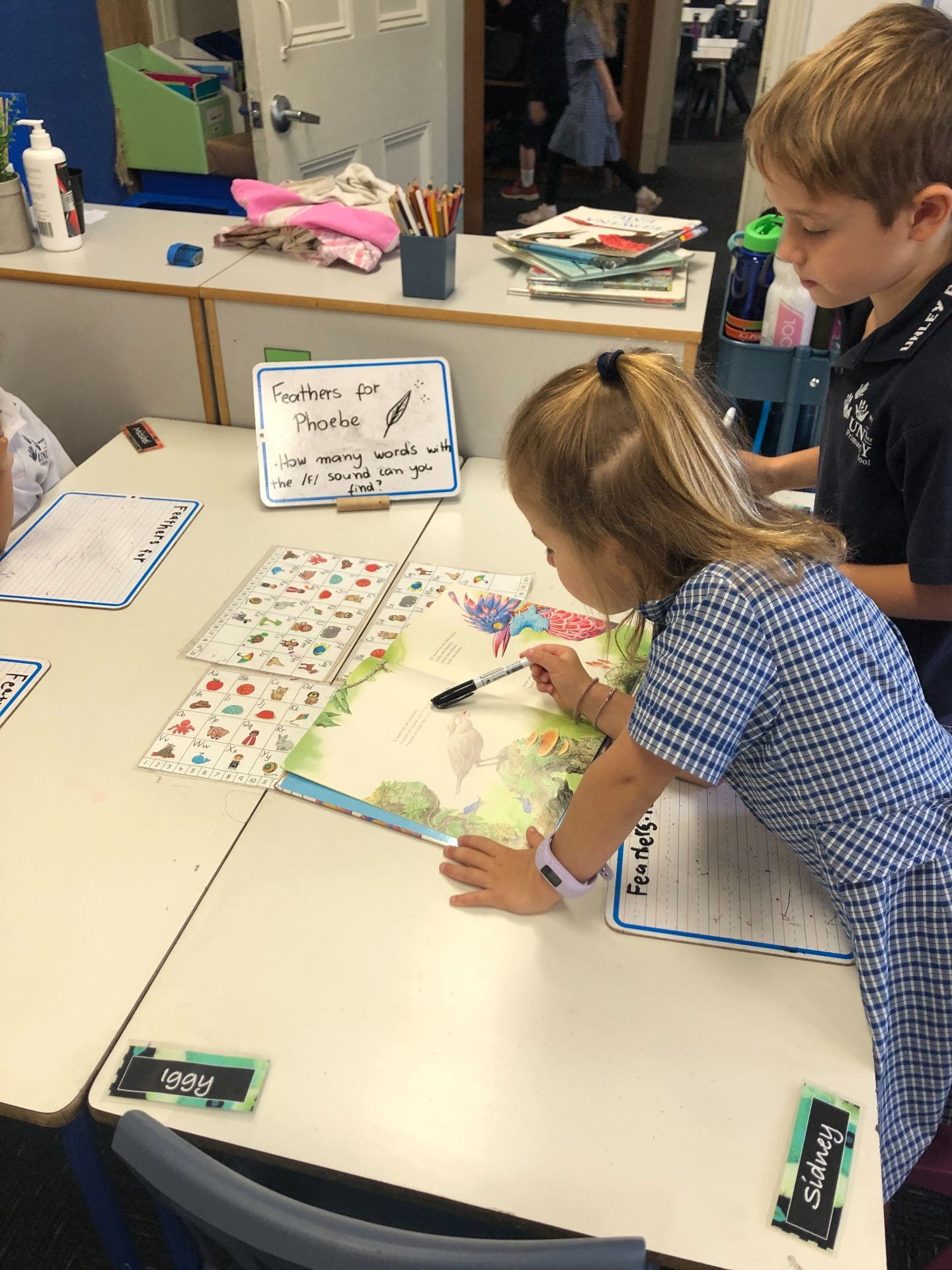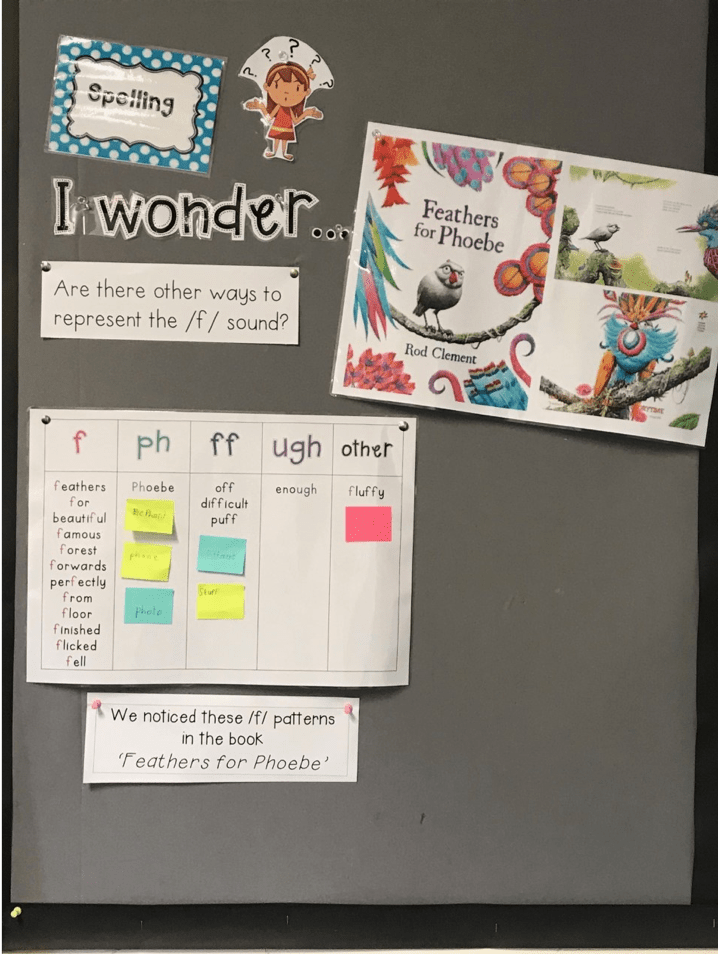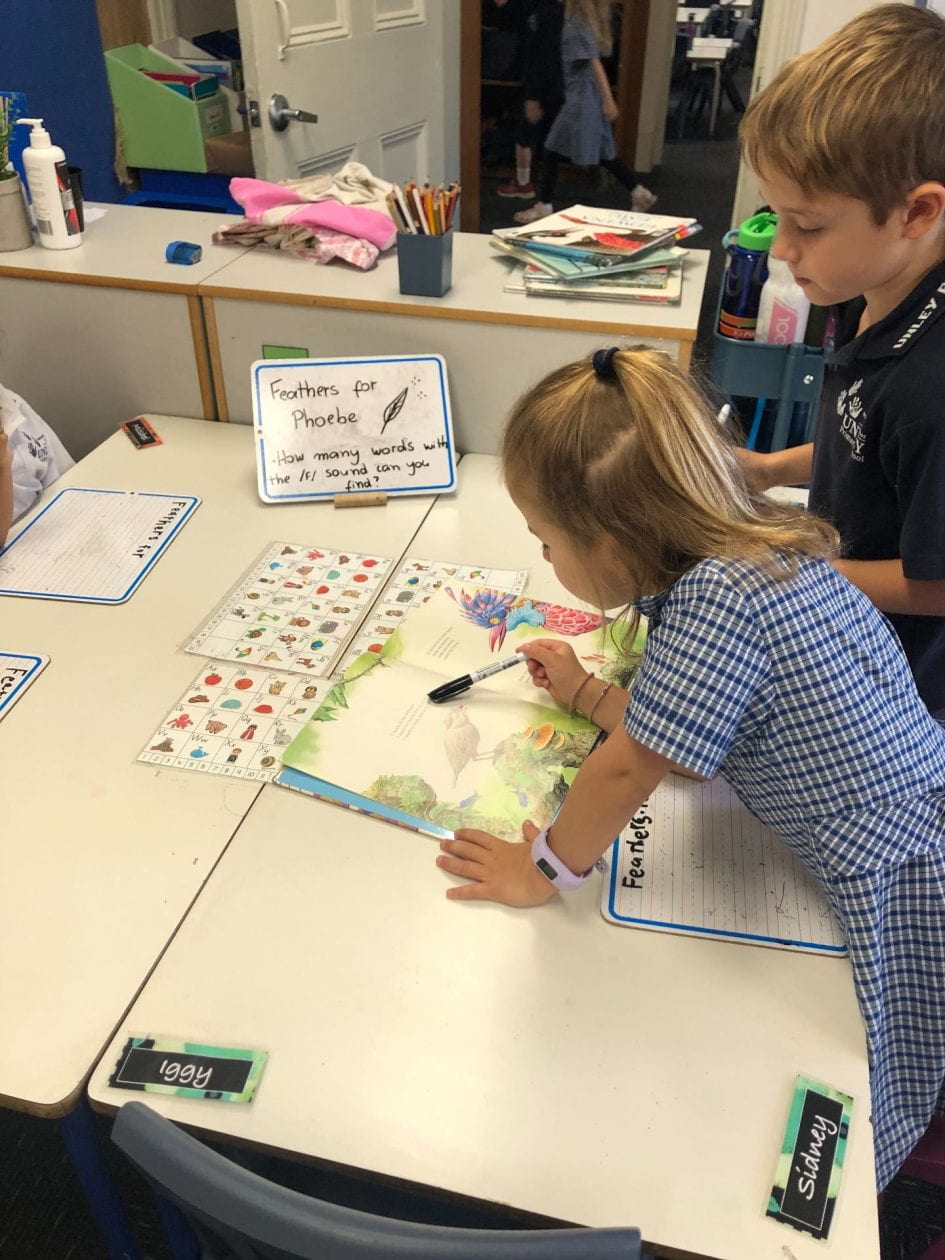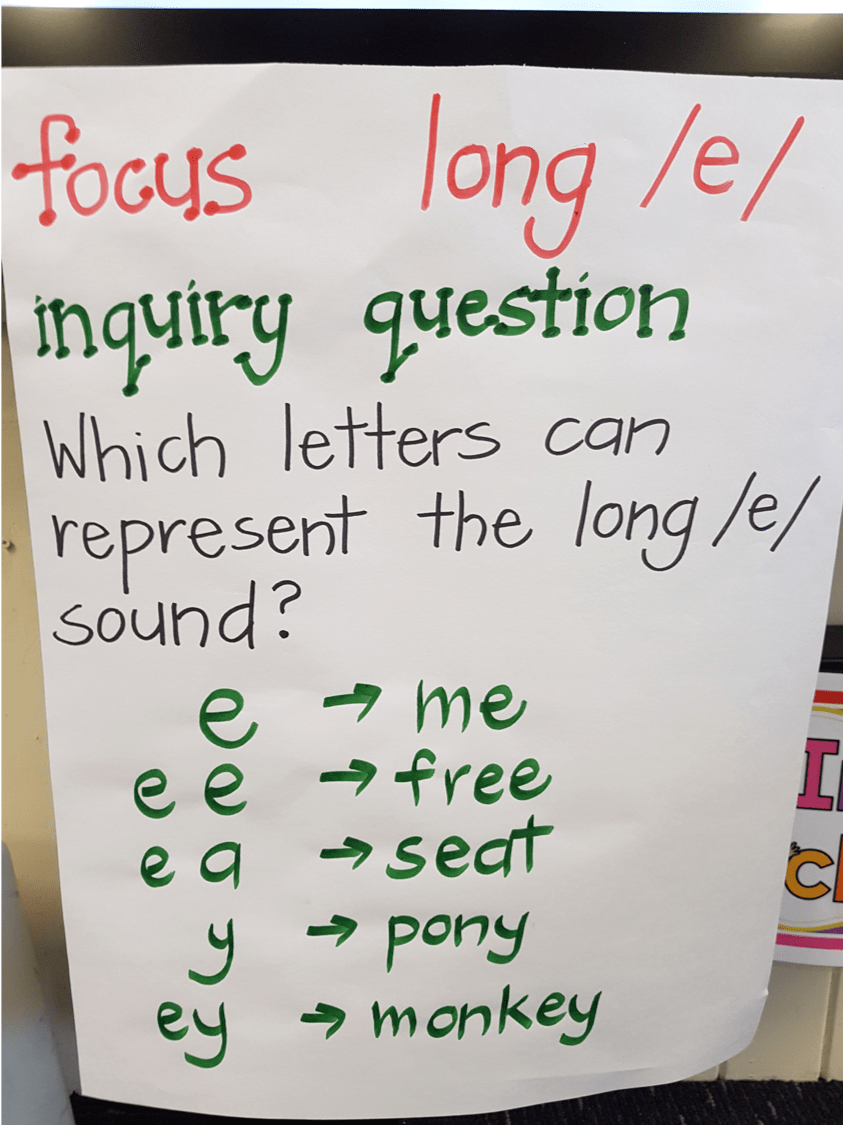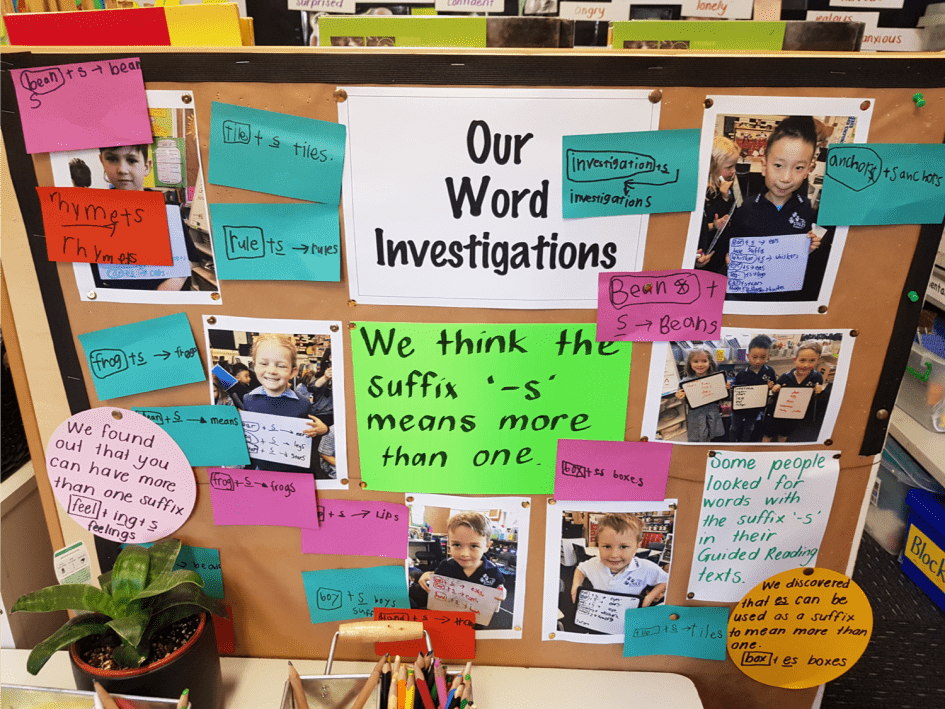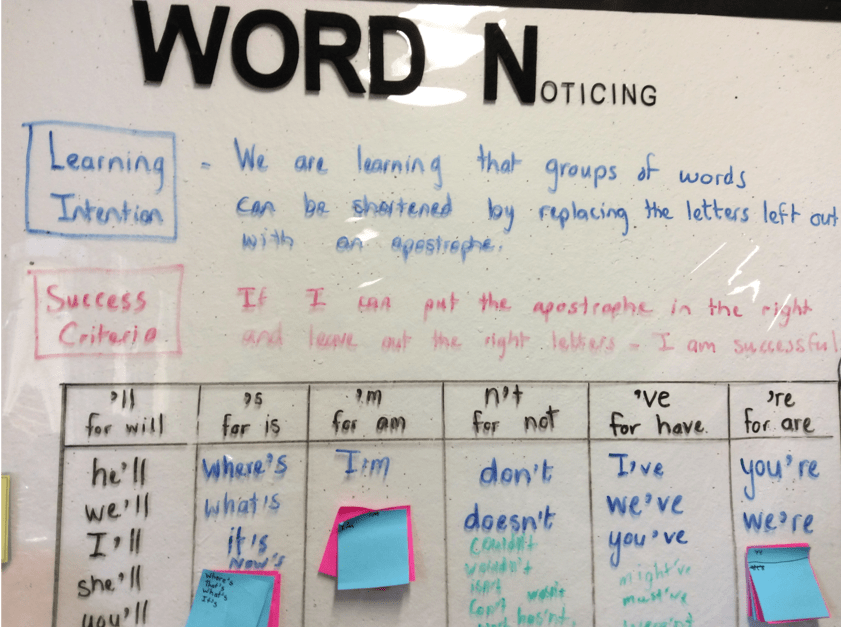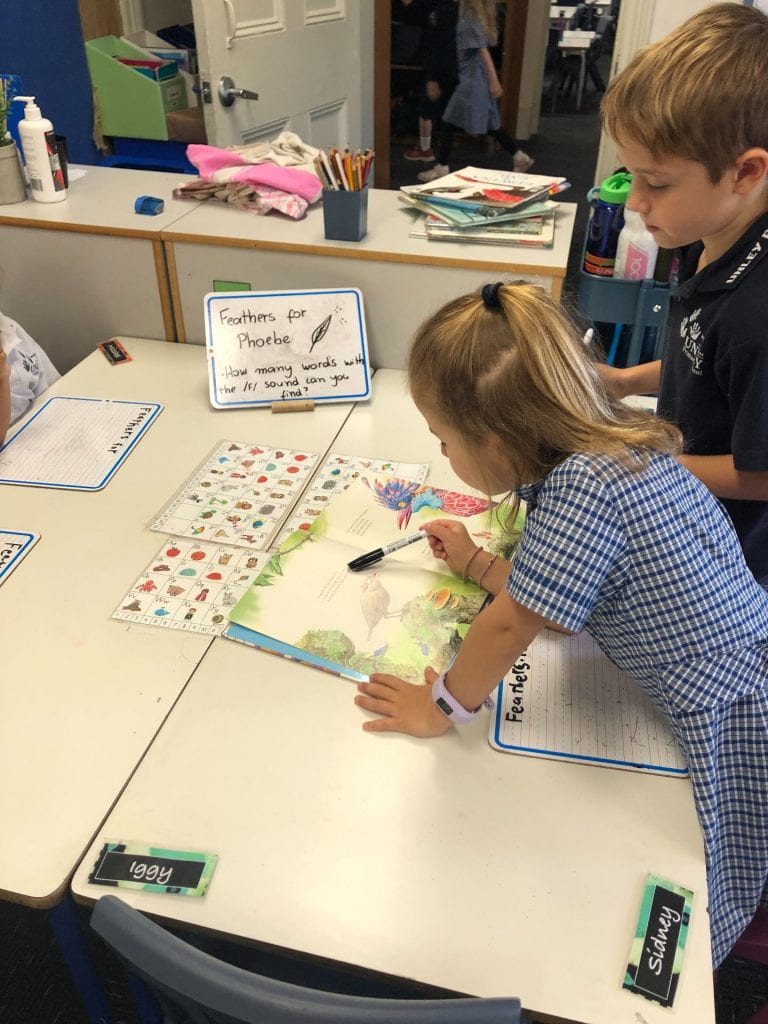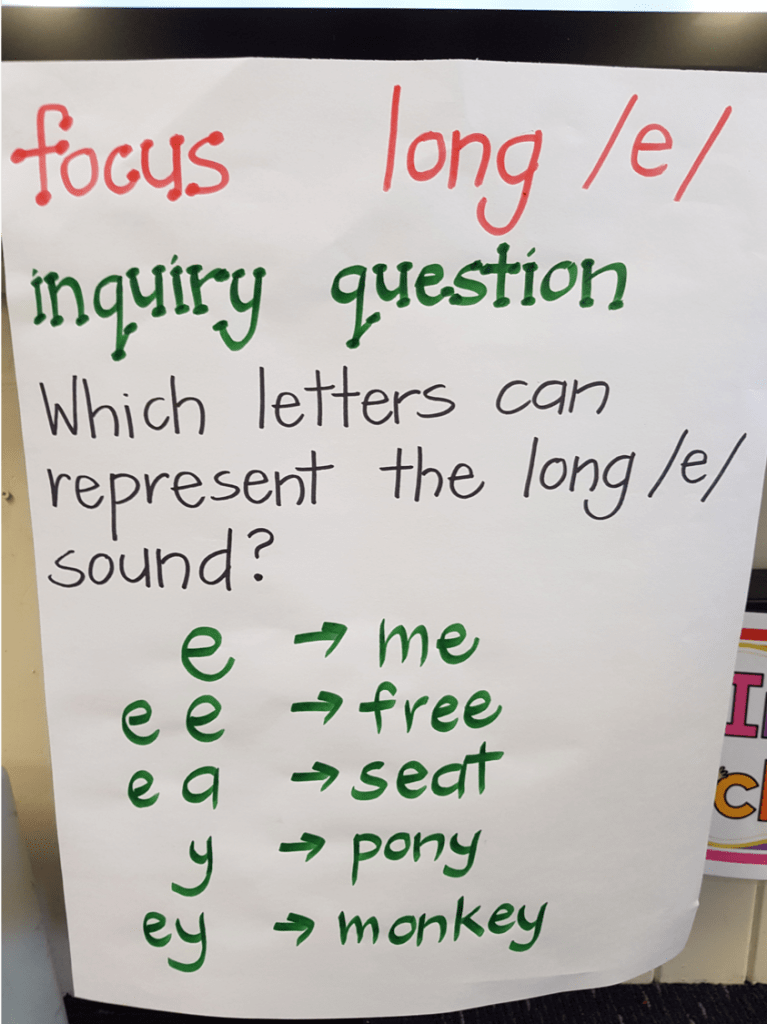Late last year, we identified that as a part of our continuing focus on writing improvement, it would be important to pay close attention to students’ spelling. Analysis of last year’s NAPLAN writing data revealed that our students were making great growth in the range and precision of their language choices. We noted that while their vocabulary had expanded significantly, their spelling development hadn’t kept pace with this growth.
Together we researched best practice in the teaching and learning of spelling and explored a model based on ‘repertoire theory’ whereby effective spellers draw on a repertoire of knowledge threads when they spell: phonological, morphemic, orthographic and etymological understanding. Learning to spell is about learning those knowledge threads as they relate to words.
To help us explore the practical applications of this model for the classroom, we have drawn upon the work of highly-regarded Australian educator and literacy leader, Christine Topfer. This has included resourcing all teachers with her recently published resources: Effective Spelling Teaching Guides, as well as quality children’s literature for students to explore words and spelling patterns in the context of a great picture book. Christine connected with us on the morning of our recent Pupil Free Day from Hobart, via Zoom.
Our session took a closer look at the teaching of spelling, including the guiding principles for effective practices. These principles are reflected in our Unley Primary School Literacy Agreement, outlined here:
Teachers at Unley Primary School will:
- Teach a repertoire of spelling knowledge (etymology, morphology, orthography and phonology) in all year levels and for all learners.
- Help students examine words in context. Students should investigate words in the places where they are doing their real work – communicating meaning in authentic writing, and not sitting alone and disconnected in spelling lists.
- Build students’ awareness of words by fostering word consciousness through thinking about and discussing words.
- Give students the opportunity to practise spelling in authentic contexts.
- Assess students’ spelling in use by looking at their writing to see what they can do in their spelling, as well as what they still need to learn.
You will see much of this work being carried out in classrooms across the school as teachers make the learning visible in the classroom environment. Sometimes we call this ‘the third teacher’, with parents being a child’s first educator, teachers their second and the environment the third. Included below is a snapshot of students’ inquiry.
